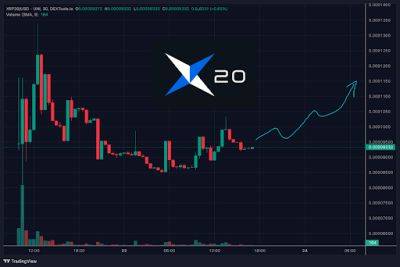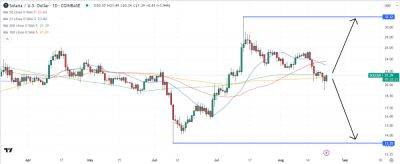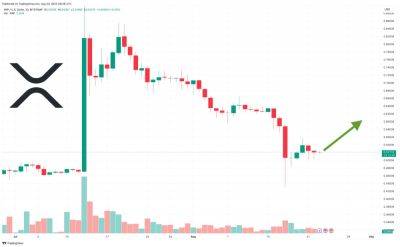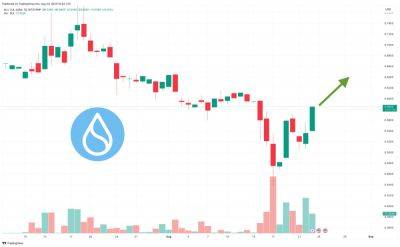Is Bitcoin’s record-low volatility and decline in short-term holders a bull market signal?
The latest report from Glassnode Insights, titled “The Week On-Chain," emphasizes that Bitcoin has reached historically low levels of volatility. This has led to a mere 2.9% separation between the asset’s Bollinger Bands, indicating an exceptionally narrow trading range.
This situation has only been observed twice in Bitcoin’s (BTC) history: in September 2016, when BTC traded near $604, and in January 2023, when the asset maintained a steady value of $16,800.
As outlined in the report, periods of reduced volatility, combined with investor fatigue, prompt the movement of coins based on their cost close to the current price. This implies that traders are likely making marginal profits or losses with their exits. The report concludes that establishing a new price range is necessary to stimulate fresh spending, potentially contributing to an anticipated increase in volatility.
The constrained range within which Bitcoin has traded — specifically, $29,050 to $29,775 over the past three weeks — is atypical, and it does not require advanced mathematical analysis to understand. This has resulted in an exceptionally low annualized 30-day volatility of 17%. The key question is whether this trend is isolated to cryptocurrencies or if it's a phenomenon also observed in the traditional markets, including stocks, oil, bonds and currencies.
Notice how the S&P 500 and the West Texas Intermediate (WTI) oil price 30-day volatility are currently at their lowest levels since November 2021. Interestingly, the U.S. Dollar Index (DXY) didn't follow this trend, as the metric rose to 8% from 6% in May 2023. Additionally, the 10-year Treasury yield’s 30-day volatility recently rose from its 18-month low of around 10% to the current 16%. These trends
Read more on cointelegraph.com





















